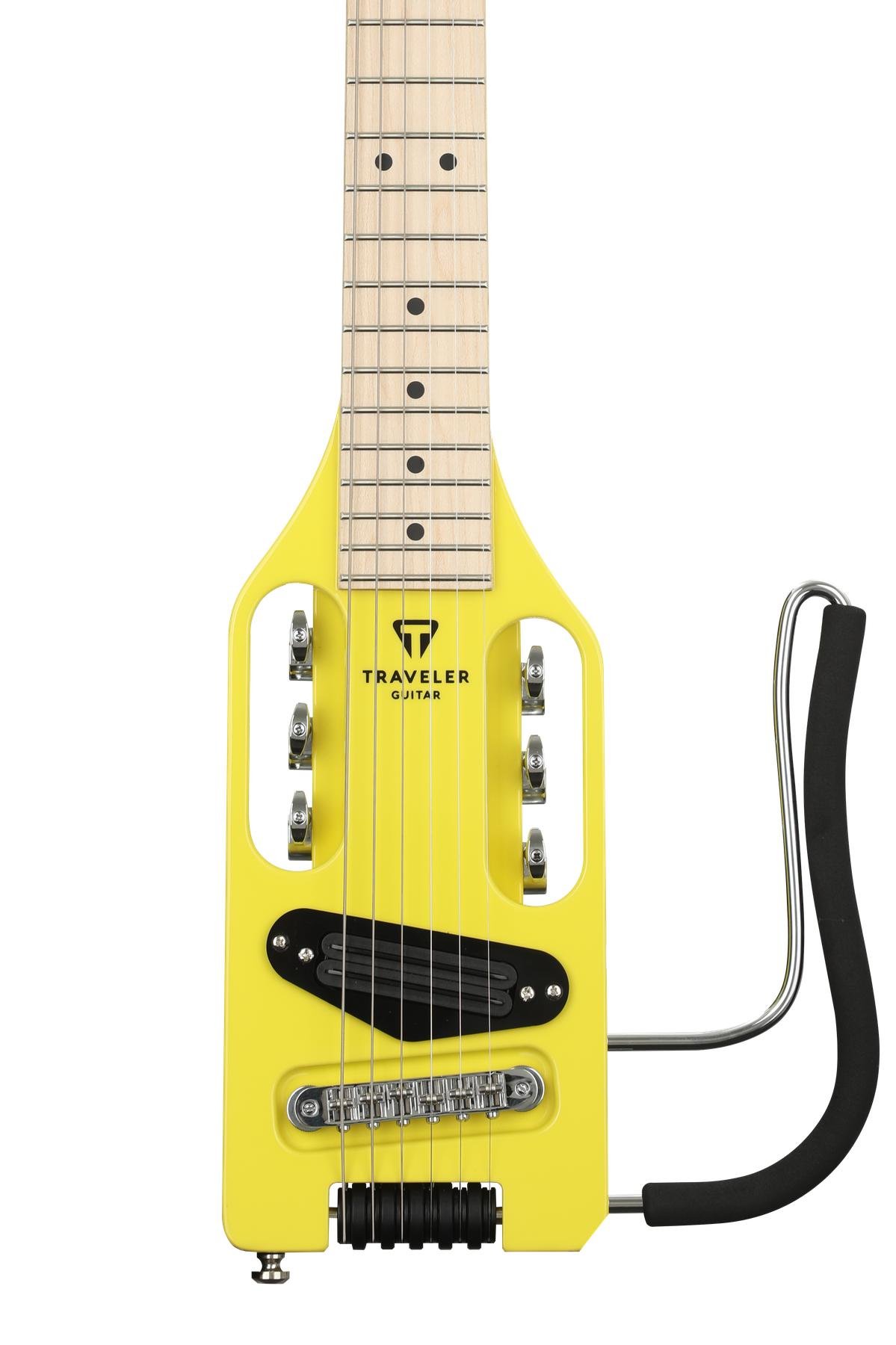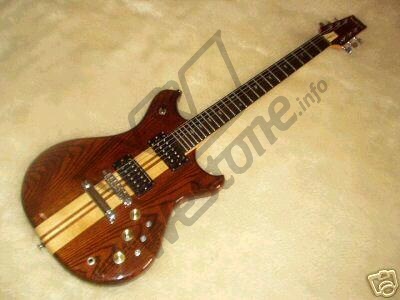
We speculate that this was to avoid any potential copyright infringement at the time. We have seen instruments stamped with the Westone ‘bird’ logo accompanied by the word Weston. That should tell you all you need to know.Īvoid! (More info on Indian Westone in this Forum thread discussion ) Addendum April 2016 “Weston” brand (no “e”) This site also sold similar poor merchandise under bastardized versions of well known brands such as Givson and Fendar. These were cheap and somewhat gaudy looking acoustics and bear absolutely no resemblance to a Mats made instrument whatsoever. We’re also aware of the Westone brand that was featured on a now defunct Indian site selling guitars of dubious quality. They are considered to be inferior instruments and are definitely not covered here. ChineseĬhinese made “Westones” are also seen occasionally but are mostly copies of traditional American styles. Our Best guess is that they were likely made in China but under relatively good quality control.

The products in no way resemble the MIJ or MIK post-Mats models, but were copies of traditional guitar configurations. Germanįor a brief period, roughly late 2010 to early 2012, the Westone brand was revived by a German company, Musik-Meyer, which is still in business but no longer selling Westone guitars.


While you may find a few early post-Mats Korean made instruments listed here, we do not feature them, concentrating primarily on the Japanese made Matsumoku’s. We are also gathering information on the range of Westone Prestige guitars designed by renowned British luthier Sid Poole and built by Status-Graphite in England in the late 1990’s. Here, you will find information, history, pictures and specifications of these amazing instruments. Louis Music during a period of 10 years from 1981 to 1991. Westone guitars and basses were made by Matsumoku (or “Uncle Mats” as we affectionately refer to it) in Japan and subsequently in Korea for St. In China, manufacturers have also commercialized copies of traditional US guitars with the Westone brand.The guitar legacy of Matsumoku Industrial Co. Another revival of the brand came in 2010 when German company Musik-Meyer began producing Weston-branded copies of traditional instruments from other companies, such as the Fender Stratocaster, Fender Telecaster and Gibson Les Paul. In 1998, renowned luthier Sid Poole built some prestige guitars in England under the Westone name. Many Westone guitars and basses have since become collectors items. Though initially popularized as inexpensive, entry-level guitars particularly useful for students, the transition to Asian manufacturing in the 80s brought a fundamental change in production, with designers emphasizing features such as custom pickups and electronics. Louis Music replaced the Westone brand name by Alvarez in 1991. With Matsumoku ceasing operations in 1987, production was moved to Korea in 1988 and most of the innovative models disappeared. The majority of Westone guitars of the 1980s were made by the Matsumoku factory in Japan and imported by St. In 1984, they merged both brands to make the "Electra-Westone" brand, before dropping "Electra" from the name entirely from 1985 onwards. They began importing the Westone-branded guitars to the United States as a replacement for their previous line of Custom Kraft–brand instruments manufactured for them by Kay and Valco since the mid-1950s.Įlectra was also a brand of St.

Louis Music registered the Westone mark in the United States in 1976 to market Matsumoku instruments in the country. The first guitars to bear the Westone name were made by manufacturers in East Germany and Italy until 1975, when Japanese company Matsumoku acquired the rights to the Westone name, producing acoustic guitars and copies of some US models.


 0 kommentar(er)
0 kommentar(er)
